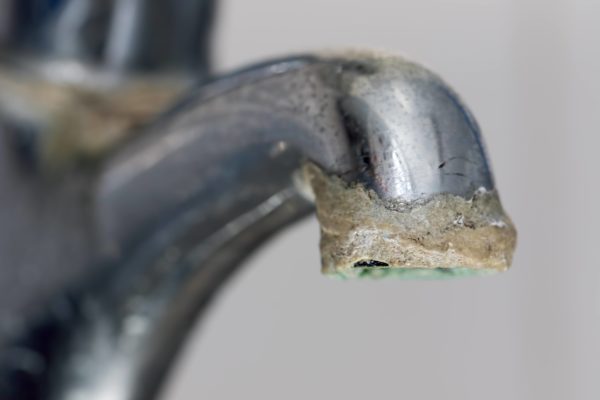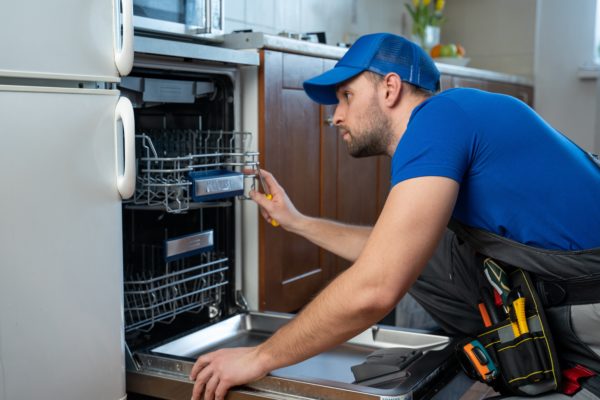Clean and safe water is a necessity, an essential component of life that touches every facet of our existence. It flows through our bodies, nourishing and revitalizing us. Water holds an even deeper significance in San Antonio, TX. Nestled against a rugged landscape, San Antonio draws its water from diverse sources — the mighty Edwards Aquifer, the Guadalupe River, and the seemingly endless expanse of the Carrizo-Wilcox Aquifer. However, amidst this abundance, quality concerns ripple. Understanding the intricacies and challenges of San Antonio’s water sources is crucial.
Importance of Water Testing Services in San Antonio
Water testing is a broad area with many applications and benefits. Let’s look at a few of them.
Safe Consumption Assured
Your health and safety depend on the water you consume. Contaminants can silently infiltrate water sources, posing risks to you and your loved ones. Water testing services are your protectors, carefully examining water samples to identify potential dangers.
By providing timely insights into water quality, these services empower authorities to make informed choices and enable you to consume water without worry. Through this vigilance, water testing services shield your well-being against the threats of waterborne diseases.
Sustaining Nature Around You
The water bodies in and around San Antonio are not just water sources but intricate ecosystems supporting diverse plant and animal life. Pollutants can disrupt this delicate balance and harm these ecosystems. Water testing services go beyond safeguarding humans — they also ensure the harmony of aquatic life and the environment.
Fueling Industries Around You
Water is essential not only for households but also for industries that drive your local economy. Manufacturing, agriculture, and more rely on water for various processes. If water is tainted, it could disrupt production and impact people’s livelihoods. Water testing services provide industries with vital information to ensure their water supply is clean.
Empowering Awareness
Water testing services offer educational possibilities beyond labs. Schools and colleges can collaborate with these services, giving students hands-on exposure to real-world science. Analyzing water samples engages students in practical learning, nurturing an interest in environmental science and public health. Water quality information can also drive awareness campaigns that foster a sense of responsibility. This approach creates consciousness of the environment and advocacy for its protection.
Prompt Responses to Emerging Threats
New threats to water quality can emerge unexpectedly. Water testing services ensure you stay ahead by promptly detecting emerging contaminants. With their advanced technologies and expert analysis, they provide early warnings, enabling you and your community to take proactive measures to address potential risks.
Common Contaminants in Texas Water
Beneath the surface of seemingly clear water lies a complex world of contaminants. From agricultural runoff to industrial discharges, various substances can find their way into Texas water sources. Below are some of the common contaminants.
Bacterial and Viral Intruders
Microorganisms like bacteria and viruses can infiltrate water sources, posing significant health risks. If present, fecal matter from humans and animals can introduce harmful pathogens. Waterborne diseases like E. coli and Cryptosporidium can result from these contaminants.
Chemical Conundrum
Pharmaceuticals, personal care products, and industrial chemicals are compounds that can contaminate water. Traditional water treatment processes may not always target these substances. Water testing services, however, employ advanced techniques to identify and quantify these chemical compounds.
Legacy of Lead
Old plumbing systems, including lead pipes and fixtures, can introduce lead into drinking water. Lead exposure is particularly harmful to children and can result in developmental and cognitive issues. Timely identification of lead contamination allows you to take necessary precautions and replace aging plumbing infrastructure.
Nitrate Nuisance
Nitrate contamination often stems from agricultural activities, where excess fertilizers enter water sources. High nitrate levels can pose health risks, particularly for infants, affecting oxygen transport in the bloodstream.
Radiation Worries
Radioactive elements can also be present in water, originating from both natural sources and human activities like nuclear facilities. Radioactive substances can have long-term health implications, making their detection crucial.
Types of Water Testing Services Available
Water testing services offer comprehensive chemical analysis to uncover the intricate composition of your water. Here are some of the main tests available.
Microbial Detection
Microbial testing employs cutting-edge methods to detect and quantify harmful microorganisms in your water, such as bacteria and viruses. By identifying these hidden pathogens, water testing allows you to take steps to ensure your water is free from waterborne diseases.
Targeted Analysis for Specific Threats
Depending on regional factors and local industries, water can be vulnerable to specific contaminants. Water testing services offer contaminant-specific screening, focusing on detecting particular pollutants relevant to your area. Whether it’s heavy metals, agricultural chemicals, or industrial byproducts, these services tailor their analysis to uncover the threats your water sources might face.
Radiological Testing
For areas with potential exposure to radioactive elements, radiological testing becomes essential. Water testing services use specialized equipment to detect and quantify natural and artificial radioactive substances in your water.
Lead and Heavy Metal Detection
Water testing services identify trace amounts of heavy metals that might be present in your water, even at levels that aren’t immediately detectable. This type of testing is vital, especially in older communities where lead pipes and fixtures might still be in use.
Periodic Monitoring
Water quality can change over time due to various factors such as weather conditions, human activities, and natural processes. Periodic monitoring, however, ensures that your water quality remains consistent. Conducting regular tests to track any fluctuations in water quality can promptly identify any emerging contaminants. This proactive approach makes it possible to address potential issues before they become major concerns.
Emergency Response Testing
In times of emergencies, such as chemical spills or natural disasters, water sources can be at risk of contamination. Water testing services offer emergency response testing, providing quick and accurate water quality assessments. This immediate testing allows authorities to make informed decisions and implement necessary measures to protect public health and the environment during critical situations.
Business Applications
Businesses have unique water quality requirements based on their processes and products. Water testing services offer customized solutions to cater to these specific needs. Whether geared toward compliance with regulatory standards or ensuring product quality, these services work closely with businesses to develop testing protocols that align with industry requirements.
Residential Solutions
Most people, however, are more interested in having clean, safe, drinkable water in their homes. That’s why our experts at [company_name] provide comprehensive residential water testing to our neighbors in San Antonio. Once you have this service performed, you’ll be forewarned of any contaminants in your water supply, and we can recommend extremely effective solutions to correct the problem. When you know your water has been purified, you’ll imbibe peace of mind with every swallow you take.
In addition to water testing services, our team at [company_name] is dedicated to offering diverse solutions to meet various needs within the San Antonio community. We understand that a well-rounded approach to maintaining the overall well-being of your environment involves more than just water testing. That’s why our expertise extends to a range of services that play a vital role in your daily life. Here are some of them:
- Plumbing installation, inspection, and repair
- Sewer line cleaning and repair
- Garbage disposal installation and repair
- Water heater maintenance
- Toilet repair and replacement
- Water treatment services
Our commitment to excellence is geared toward enhancing the quality of life for you, your family, and your community. When you work with us, you’re choosing a team of skilled professionals dedicated to superior service. Contact us at [company_name] today to schedule an appointment anywhere in the San Antonio area.





